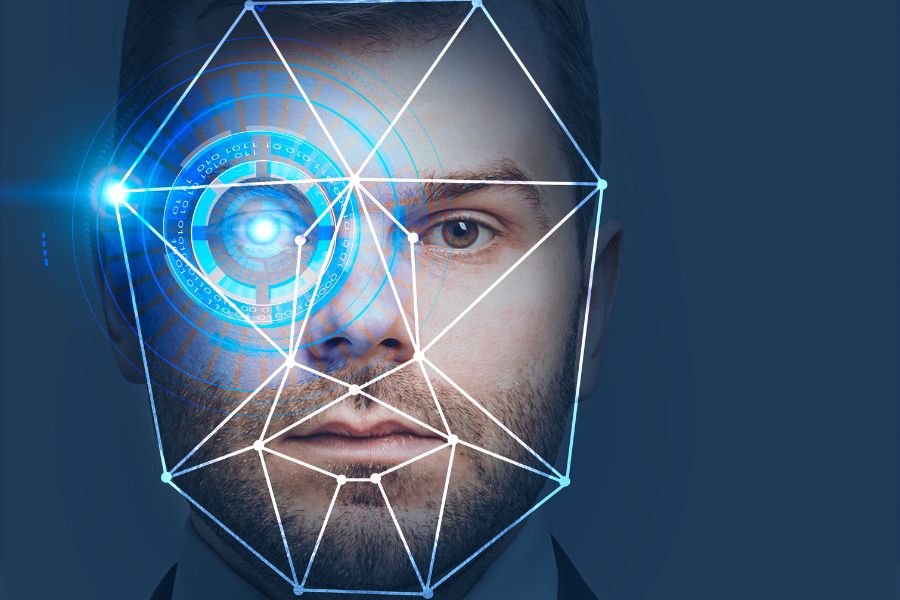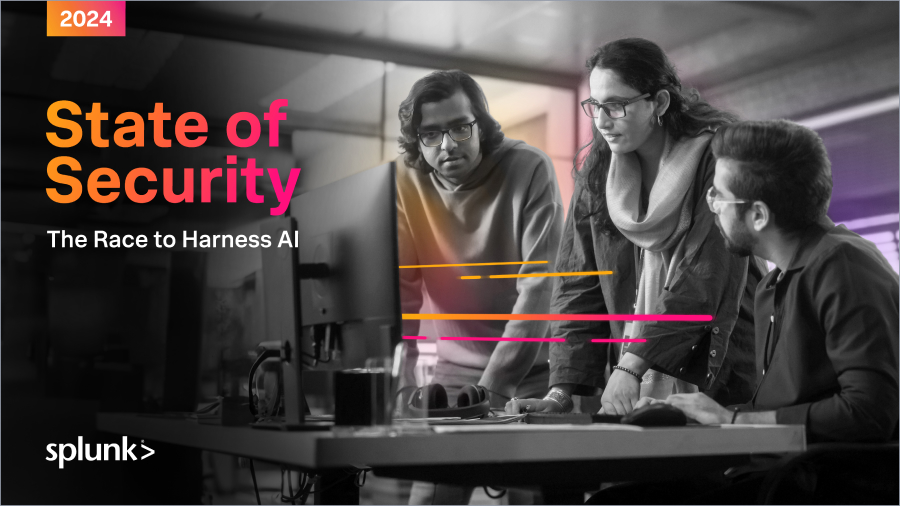Beyond Encryption: Emerging Technologies Shaping the Future of App Security
February 10, 2025, 4 min read
We use apps for everything—shopping, banking, chatting—but they also come with data risks. Hackers are getting smarter, finding new ways to steal data and exploit weaknesses.
Encryption helps, but it is no longer sufficient. Cybercriminals can still bypass it, leaving apps vulnerable. That’s why developers need stronger protection strategies like AI-driven threat detection, biometric authentication, and blockchain security.
This article explores why traditional security falls short and how new technologies are making apps safer.
Why Encryption Alone Isn’t Enough
Hackers aren’t just stealing data anymore—they’re using smarter tricks like AI-driven attacks, phishing scams, and social engineering to break into apps. Encryption helps, but if hackers get access to decryption keys or find weak spots in the system, even encrypted data isn’t safe.
Safety today isn’t just about locking up information; it’s about keeping intruders out in the first place. That’s why developers need a layered defense—strong authentication, real-time monitoring, and protection tools that can predict threats before they happen. The goal isn’t just to react to attacks but to stop them before they even start.
Security-First Development: A Necessary Shift
Developers are no longer waiting until the final stages of app development to think about security. A proactive approach ensures vulnerabilities are addressed early, making apps safer from the start.
AI systems rely on massive amounts of user data, making privacy protection a top priority. Mishandling this data can erode trust, especially in industries where confidentiality is critical.
To address these concerns, developers at DreamWalk understand the importance of strong encryption protocols, obtaining clear user consent, and regularly conducting security audits. They add top safety features from the start. This keeps apps working well and safe from new cyber threats.
New Technologies Making Apps More Secure
Relying on encryption alone isn’t enough anymore. Hackers are getting smarter, and protection needs to evolve just as fast. That’s why developers are turning to advanced protection technologies that add extra layers of protection. From AI-driven threat detection to blockchain and biometrics, these innovations help prevent breaches before they happen. Let’s take a closer look at how these technologies are changing the game.
AI-Powered Threat Detection
Hackers don’t wait around—they move fast, and security needs to move faster. That’s where AI-powered threat detection comes in. AI scans activity in real time, looking for anything unusual, like login attempts from unknown locations or sudden spikes in data access. Instead of waiting for a breach to happen, AI flags threats before they turn into full-blown attacks.
Zero-Trust Security
The old way of thinking was, “If you’re inside the system, you’re safe.” However, hackers can sneak in through stolen passwords, phishing attacks, or insider threats. That’s why the zero-trust approach is becoming the new standard.
With zero-trust protection, every access request is verified, no matter where it’s coming from. This means users must authenticate every time they request access, and systems continuously check for anything suspicious. Even if hackers manage to steal login credentials, they won’t get far without additional verification steps blocking their way.
Biometric Authentication
Let’s be honest—passwords are a pain. People forget them, reuse them, or choose weak ones that hackers can easily crack. Biometric authentication—like fingerprint scanning, facial recognition, and voice ID—makes logging in easier and much more secure.
Unlike passwords, biometric data can’t be guessed or stolen as easily. Even if someone gets hold of a user’s login info, they still won’t be able to access an account without biometric confirmation. That’s why many apps, especially in banking and finance, are making biometrics the go-to security method.
Blockchain Technology
Most apps store user data in centralized databases, which makes them attractive targets for hackers. If one database is breached, all the data inside is at risk. Blockchain technology changes that by spreading data across multiple secure locations, making it nearly impossible to tamper with.
For apps dealing with financial transactions, identity verification, or sensitive records, blockchain provides an extra layer of trust. Since every transaction is recorded on a distributed ledger, it’s much harder for attackers to alter or fake data without being detected.
Secure Multi-Party Computation
Some apps need to process highly sensitive data, like health records or financial transactions. But how do you analyze data without exposing it to potential threats? That’s where Secure Multi-Party Computation (SMPC) comes in.
SMPC allows different systems to work with encrypted data without ever seeing the raw information. Even if one system is compromised, hackers still won’t be able to access the full dataset. This is especially useful for industries that require strict privacy protection, like banking, healthcare, and legal services.
Conclusion
Cyber threats are becoming more advanced. We must move from traditional security to multi-layered protection. New technologies, like AI threat detection and zero-trust models, boost app security. Also, biometric authentication helps protect against modern attacks.
Developers who adopt these technologies early will make their apps safer and increase user trust. Staying ahead of evolving security threats is now essential.




























